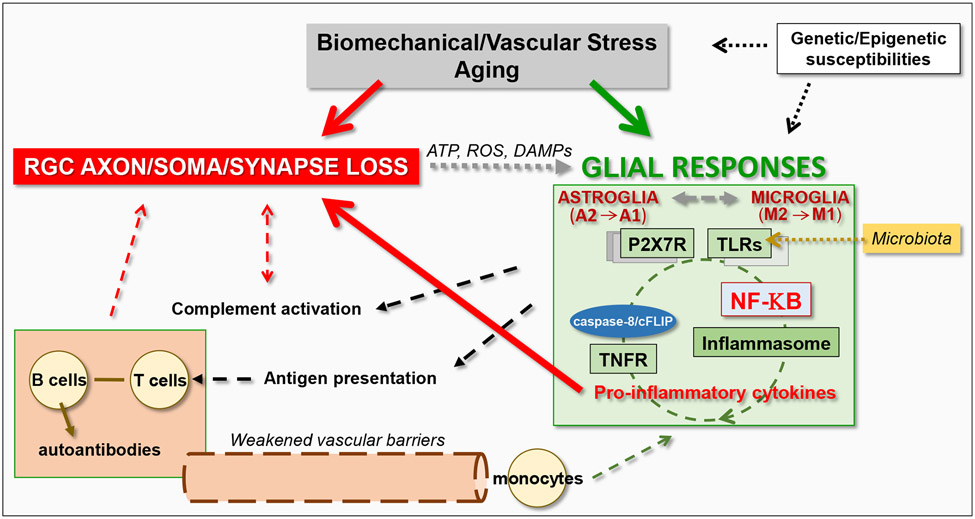Figure 2. Induction and amplification of glia-driven neuroinflammation in glaucoma.
Glial cells, including both astroglia and microglia, prominently respond to glaucoma-related tissue stress and RGC injury. By sensing the ATP, reactive oxygen species (ROS), and other damage-associated molecular patterns (DAMPs) released from stressed or dying cells, glial cells stimulate inflammation through purinergic receptors (such as P2X7R), pattern-recognition receptors (such as TLRs), and inflammasome activation. The produced pro-inflammatory neurotoxic cytokines contribute to RGC injury. The glia-driven inflammation through multiple pathways are commonly regulated by the NF-κB-mediated transcriptional program. Besides cytokine-mediated neurotoxicity, inflammatory outcomes of complement activation and adaptive immune responses may also contribute to neurodegeneration.

